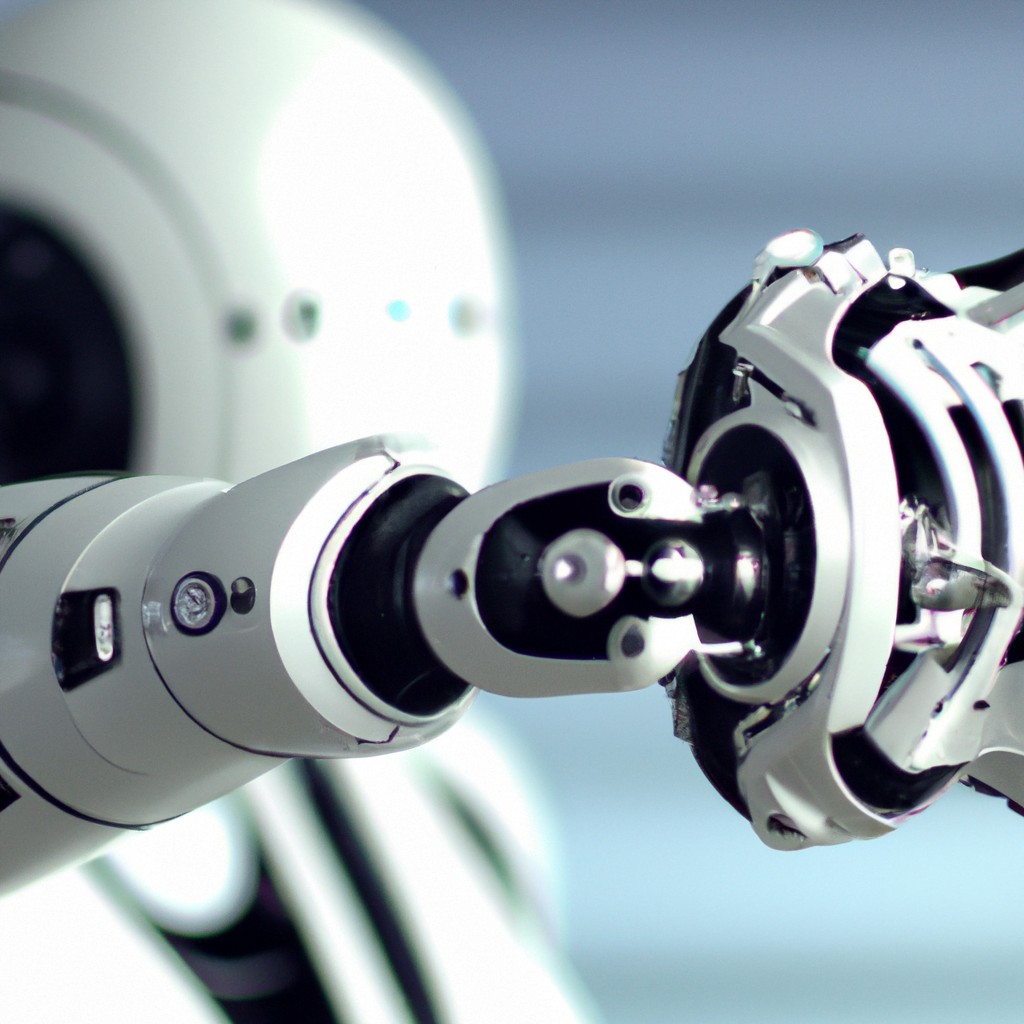RoboKick
A new legged robotic system created that can dribble a soccer ball under natural conditions. The robot uses a mixture of sensing and computing to adapt to different terrains, such as sand, gravel, mud, snow, and grass. It can also recover the ball after falling and navigate unfamiliar terrains. The robot was trained using reinforcement learning, which means that it learned by receiving rewards for successful dribbling and negative feedback for mistakes. The researchers used simulation to generate large amounts of data and improve the robot’s performance.
The goal of developing legged robots is to provide autonomy in challenging and complex terrains that are currently beyond the reach of current robotic systems. Dribbling a soccer ball imposes more constraints on the robot’s motion and ability to traverse different terrains than just walking alone. The interaction between the ball and the landscape could be different than the interaction between the robot and the landscape, so the soccer test can be sensitive to variations in terrain that locomotion alone isn’t.

The robot has sensors that let it perceive the environment, actuators that let it apply forces and move itself and objects, and a computer that processes the data. The researchers hope that this technology will enable robots to aid humans in search-and-rescue scenarios in challenging terrains such as those affected by natural disasters like flooding or earthquakes.
The development of legged robots has a long history, dating back to at least 1992 when a Canadian professor first noted the idea in a paper entitled “On Seeing Robots.” The idea gained global attention and led to the creation of the Robot J-League and RoboCup, which promoted the use of soccer to promote science and technology.
Overall, the development of legged robots that can perform complex tasks like dribbling a soccer ball under natural conditions represents a significant advance in robotics and artificial intelligence. It has the potential to enable robots to perform tasks that were previously impossible or too dangerous for humans to undertake.





